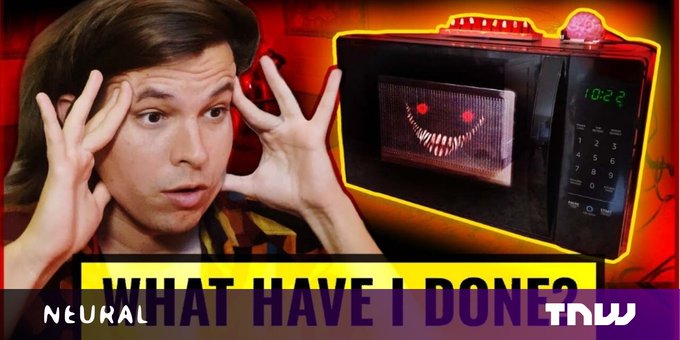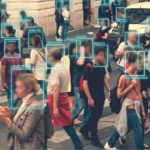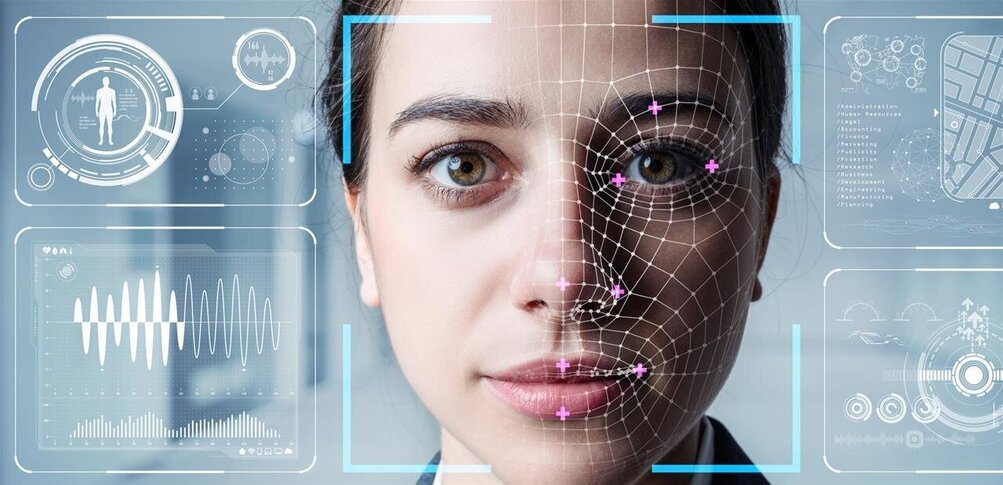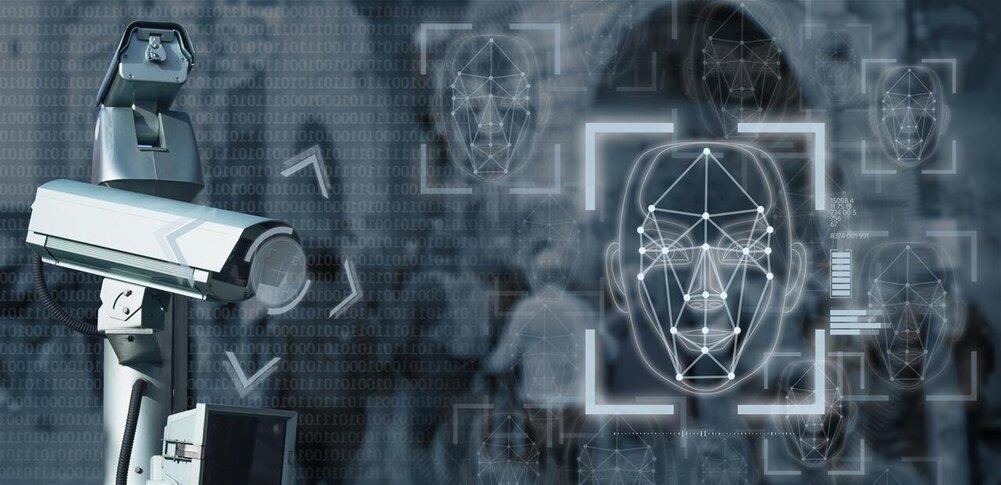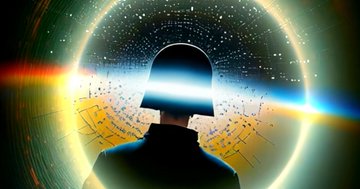Like many lonely children, Lucas Rizzotto had an imaginary friend: a talking microwave called Magnetron.
As the years passed, the pals drifted apart. But Rizzotto never forgot about Magnetron.
When OpenAI released the GPT-3 language model, Rizzotto saw a chance to rekindle the friendship.
The self-described “full-time mad scientist” chronicled the resurrection in a YouTube video.
His story provides a cautionary tale about the dangers — and delights — of AI.
Friends reunited
As a child, Rizzotto had given his imaginary friend a detailed life story.
“In my mind, he was an English gentleman from the 1900s, a WW1 veteran, an immigrant, a poet… and of course, an expert StarCraft Player,” Rizzotto said on Twitter.
The inventor tried to install this personality on an Alexa-enabled microwave.
He first gave the device “a brain transplant” in the form of a Raspberry Pi computer, attached a mic and speakers, and integrated GPT-3 with the microwave’s API.
Then came the tricky part: giving the machine memories.
Mots-clés : cybersécurité, sécurité informatique, protection des données, menaces cybernétiques, veille cyber, analyse de vulnérabilités, sécurité des réseaux, cyberattaques, conformité RGPD, NIS2, DORA, PCIDSS, DEVSECOPS, eSANTE, intelligence artificielle, IA en cybersécurité, apprentissage automatique, deep learning, algorithmes de sécurité, détection des anomalies, systèmes intelligents, automatisation de la sécurité, IA pour la prévention des cyberattaques.

